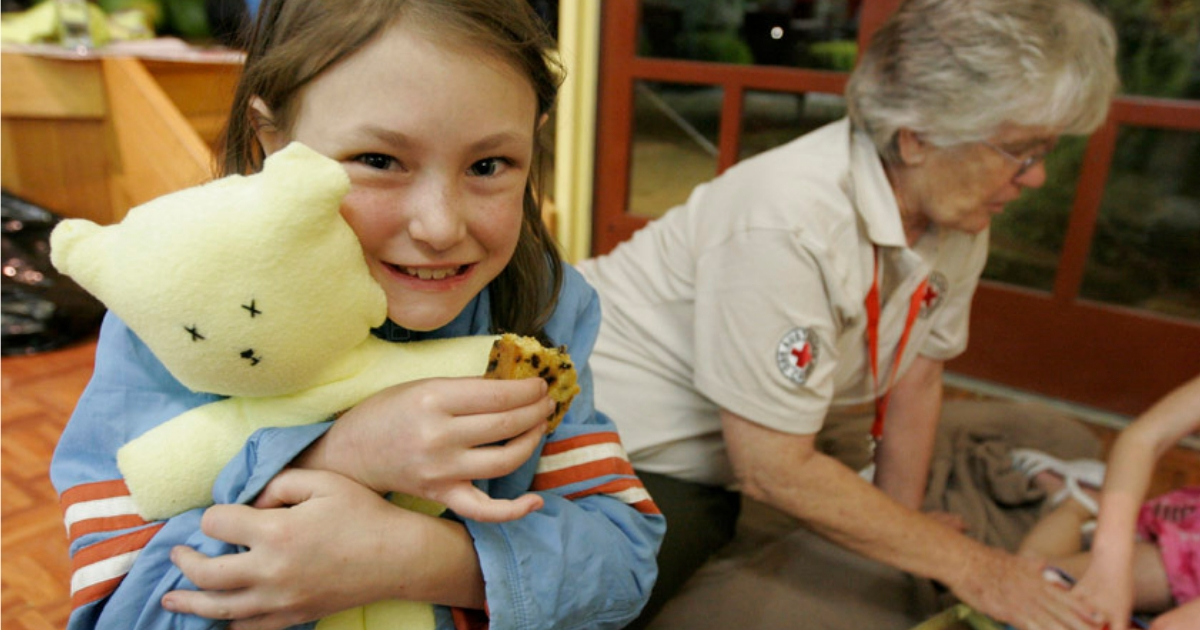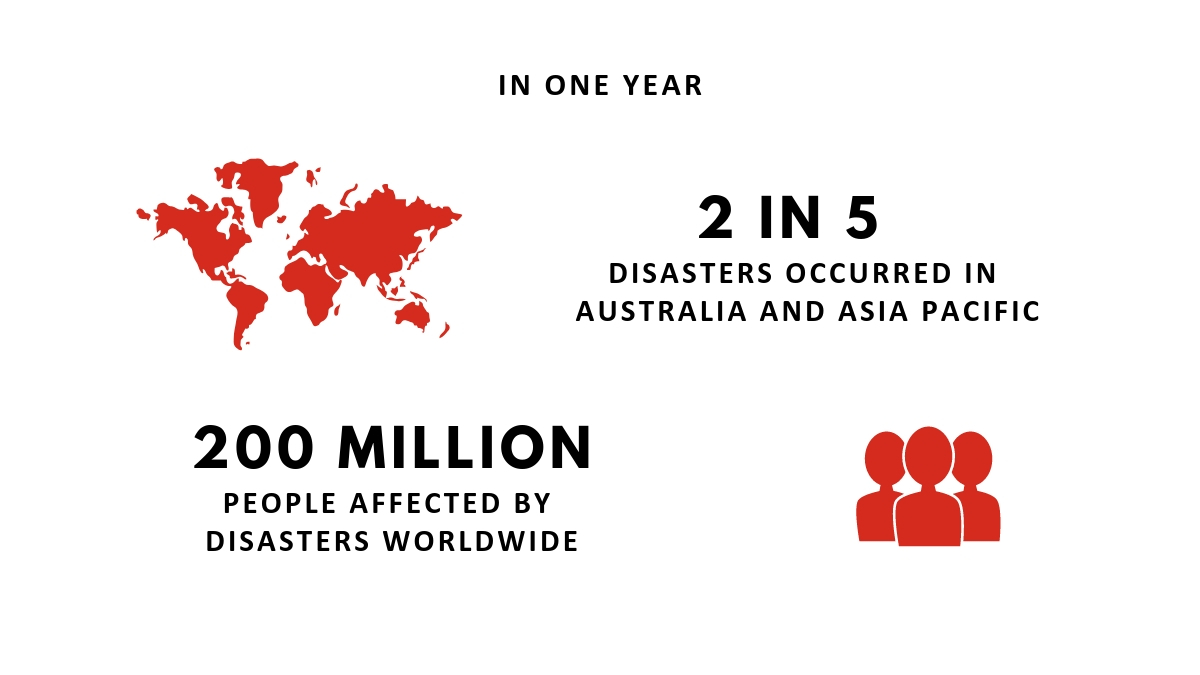Remembering the 2009 Victorian Bushfires
A decade on from one of Australia’s worst-ever natural disasters, our thoughts are with those who lost their lives, those who survived, those left behind, and those still struggling to recover.
We will never forget how Australians all over the world rallied to help after the 2009 Victorian Bushfires, one of our country’s darkest moments. Faced with tragedy we all stood together.

“Almost every Red Cross staff member and volunteer across every state and territory, stopped what they were doing to help with our response,” says Andrew Coghlan, Red Cross’ National Manager of the Emergency Services Program.
"At one stage we had teams worked in 26 locations including five 24-hour call centres to help those searching for loved ones and the evacuation centres for people who had fled their homes.”
Red Cross teams were some of the first on the scene providing around-the-clock support to those affected. Among them was Anne Macarthur, who volunteered in a relief centre in Traralgon.
“We worked flat out for three days, sleeping on the floor, as everyone did … Just months before, I and a group of my fellow volunteers had received special training in how to support people affected by trauma. All that vital training came back to us, and was of such assistance – to know how to be supportive and, most of all, what not to say to people in this situation.”
Those early days were just the beginning of our work. After the fires Kate Brady, our National Recovery Adviser for Emergency Services, spent the next five months meeting people and organisations who had been affected.
“We talked to everyone we could, be it standing in a petrol station while they filled up their car, over a cup of tea in an evacuation centre or at a community meeting – wherever suited them.”
The aim was to find out what people needed and where they were falling through the gaps. As a result of her findings Red Cross created recovery resources for teenagers and for parents, among other things. These resources are now used to support other disaster-affected communities.
“Thank you to everyone who, in those early days, spoke to us and shared their story. To be given the opportunity to help was humbling and it has been an honour to see the results of this important work.”
Today Red Cross people are still working with these communities, standing beside those who need us – providing, among other things, emotional support and advocacy.
This is what long term emergency recovery looks like. Rebuilding your life is difficult and it can take many years. There are no shortcuts and there’s no right way.
Roula was one of those affected by the Victorian bushfires. It took her years to get back on her feet.
“This was like something – just like a death – that was taken from you. The dream we all work so hard for, that you put everything into, and then one sweep it’s gone.”
Roula hasn’t rebuilt her house. Maybe one day she will build something small, but nothing like what it used to be. She says it’s just not important to her anymore.
“Now I live day by day, I don’t plan too far ahead. I look after people; people are my thing. Material things are not important.”
Red Cross will continue to be there for the communities of the 2009 bushfires for a long as we are needed – as we are for those affected by other natural disaster and emergencies.
Because in a world facing the effects of climate change and changing vulnerabilities we are needed more than ever.

* World Disasters Report 2018 - the International Federation of Red Cross and Red Crescent Societies.
Charity donations of $2 or more to Australian Red Cross may be tax deductible in Australia. Site protected by Google Invisible reCAPTCHA. © Australian Red Cross 2024. ABN 50 169 561 394